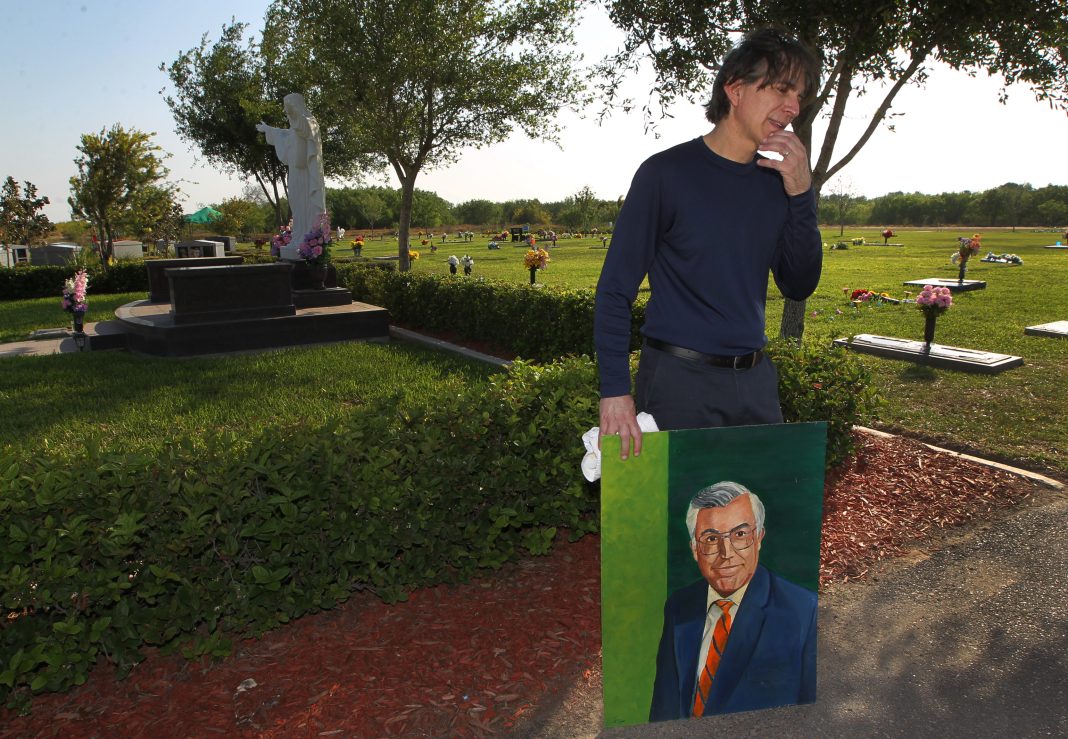MISSION — It’s been nearly three years since Manny Saenz Jr. laid his father to rest. On a recent afternoon, he visited his father’s grave, replacing the flowers and wiping down the grave marker.
Emblazoned on the marker are the names of his parents — his mother Ana Maria, who died in 2019 at 72 following a cooking accident, and his father, Manny Saenz Sr. who died in 2020 at 81 years old due to complications related to COVID-19.
Manny Saenz Sr. spent the last month or so of his life in isolation in the COVID unit of DHR Health.
He’s terribly missed, Manny Saenz Jr. said, adding that he often dreams of his father and sometimes has to remind himself that he’s really gone when he wakes up.
But he’s learned to cope with his father’s death through acceptance and by believing that everything happens for a reason.
“I have to think that, I have to believe that,” Manny Saenz Jr. said.
“If there’s any reason, it’s to be reunited,” he said of his parents. “And they’re resting now.”
When Manny Saenz Sr. died on July 14, 2020, the total number of COVID-19 patients had not even reached its peak in the Rio Grande Valley. That came a week later when there were a total of 1,606 patients hospitalized with COVID on July 21, 2020.
And while COVID hospitalizations have not seen similar numbers in years, the death toll from COVID has passed 4,000 of which Manny Saenz Sr. was just one.
That number is still climbing but to much less attention and hundreds of new cases are still reported on a weekly basis.
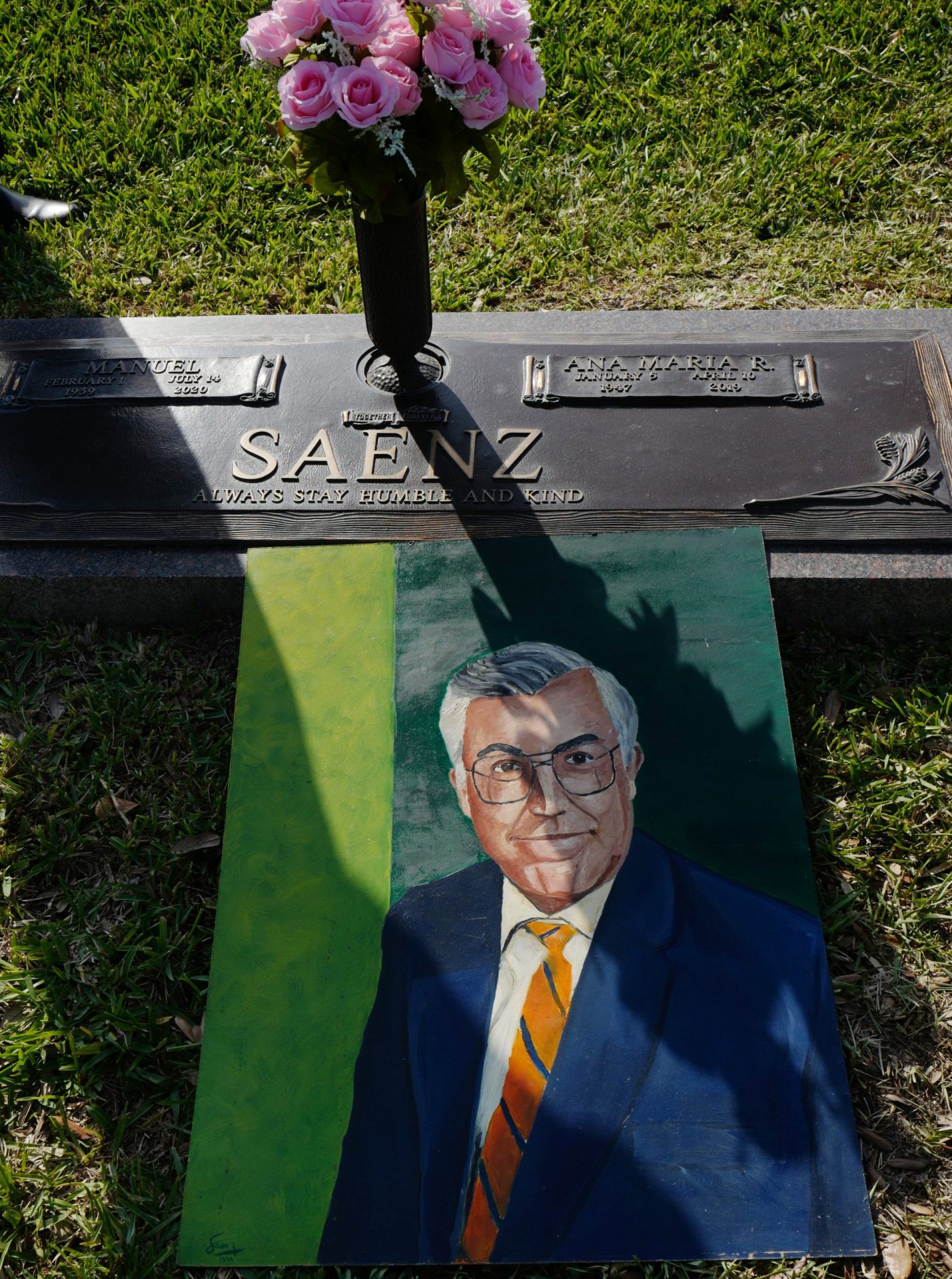
This week, the third anniversary of the first confirmed case of COVID-19 in Hidalgo County, officials reported another resident died due to COVID which places the county’s death toll at about 4,122.
There were also 397 new cases this week and 34 people hospitalized with COVID as of Friday.
“We still have thousands of people dying every day around the world,” said Dr. Ivan Melendez, the county’s local health authority.
He pointed out that the global COVID death toll is approaching 6.8 million people.
“It doesn’t compare to the Spanish Flu which killed, at the beginning of the century, an estimated 20 million if not more but certainly it’s a huge, huge toll of death,” he said.
While the rates of hospital admissions, new cases being reported and deaths are not to the level they were in July and August of 2020, Melendez said COVID is still an issue.
“I don’t think a week goes by where at least one person doesn’t perish from a respiratory failure directly as a result of COVID and so the idea that this is no longer here is just simply not factual,” he said.
But not only is the virus still here, Melendez says it’s probably never going to disappear.
“I think this disease is here to stay until the day that humanity no longer exists,” he said. “Was there a time when we had an opportunity to eradicate COVID-19 from the face of the earth? There was, but we quite frankly on a global perspective, for whatever reason you want to say — non-equitable ways of distributing vaccine, third-world countries not having the same access to treatment, politicizing of the event so people refused to take preventive measures — so many factors that contributed to us not containing this virus.
“It’s too late now so this virus I think will stay with us for many years to come.”
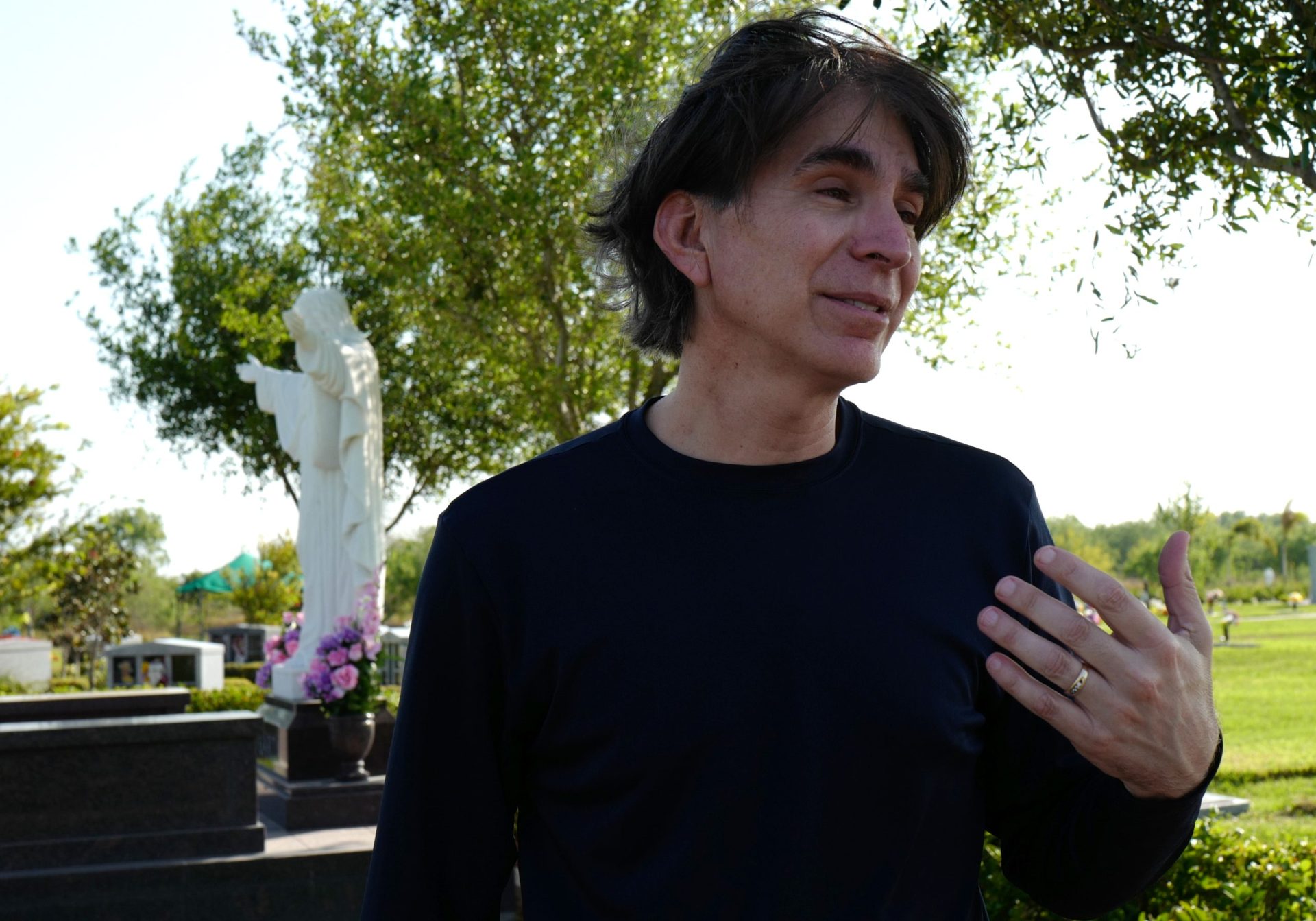
RESPONSE
As the coronavirus quickly spread throughout communities around the world, health and government officials had to act quickly to try to save the lives of those infected and to prevent its further spread, learning along the way just like the rest of us were.
Beginning on March 22, 2020, Hidalgo County Judge Richard F. Cortez and the county commissioners issued several emergency orders related to the COVID-19 pandemic which limited social gatherings, ordered people to shelter at home, or issued curfews.
No one knew how long the coronavirus would be around or, really, what to expect. So many local officials responded aggressively from the start.
Starr County Judge Eloy Vera said their aggressive approach was prompted, in part, because their limited resources would further hinder their ability to handle an explosion of cases.
“We wanted to get ahead of the game because we felt, or I felt, that this thing was going to explode and then we couldn’t compete with some of the counties that have more resources than we do,” Vera said in an interview with The Monitor in May 2020.
Knowing what they do now, Melendez said there are definitely things they probably should have done differently.
“If you go back and look at all the pain and suffering and think that you couldn’t have done it better, then you’re not being truthful,” Melendez said.
However, he says they did the best they could with the information they had at the time and recommendations changed often because new information was often coming to light.
“Based on the information that we had at the time, there’s very few things that we would have done different,” he said. “Looking back in time, certainly perhaps opening up the school districts a little bit sooner than we did probably, mathematically, would’ve made more sense but at the time it certainly didn’t make more sense.”
He added COVID-19 patients used to be intubated at the very beginning of their stay using mechanical ventilation.
“It made perfect sense … diseases where you have respiratory distress, you want to let the lung rest and so we’d put people on ventilators,” he said. “Well, we found out about four months into it that if you could delay ventilation, survival was better.”
The long term effects of COVID, also known as Long COVID, were also unknown to them at the time.
“At the time we didn’t know because we didn’t have months or years to look into the future,” he said. “So perhaps we could have taken a different approach and said let’s not just worry about today, let’s worry about the future and perhaps the education would’ve been a little bit different.”
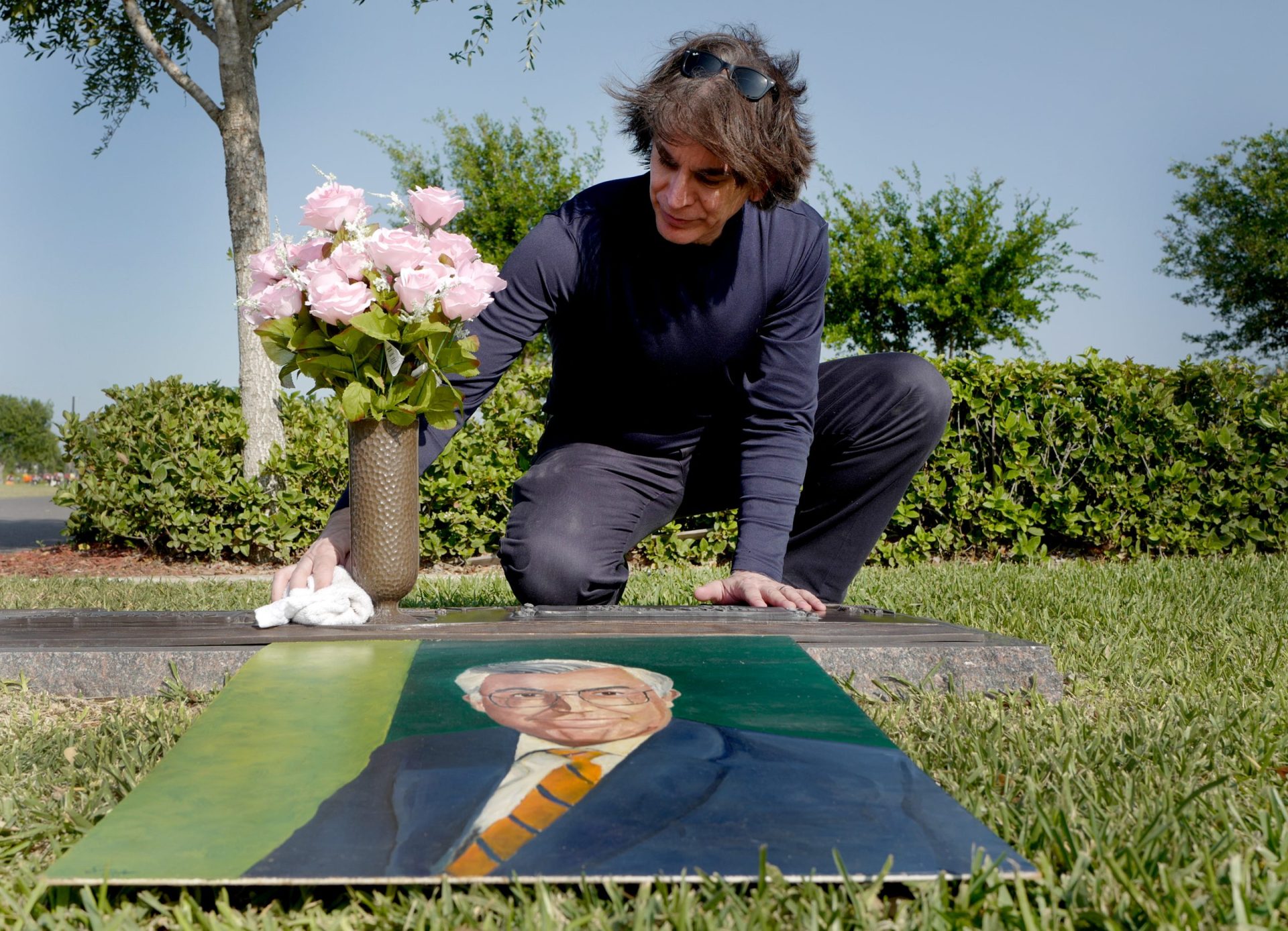
LESSONS LEARNED
So what’s been learned about how COVID-19 works and who it affects the most?
Three years later with nearly 750 million cases around the world and nearly 7 million people dead from COVID-19, Melendez said the math does give some indications.
“What we know is that the number one associated factor with people dying was age so if you were over 80 years old, you had a much higher risk of dying than if you were someone that was less than 50,” Melendez said. “We also know mathematically that the vast majority of people that perished including with the vaccine had risk factors that included obesity, diabetes and chronic respiratory diseases so there’s no question that there’s some associative factors.”
The biggest lesson learned, according to Melendez, is that the Valley was ill prepared for the pandemic.
“We were much sicker than we should have been. Why did Hidalgo County have among the worst outcomes in the entire world?” he said. “The reason is that we were sicker than most communities. I mean there are other border communities that suffer obesity, diabetes and hypertension but why did we suffer the most? And that was because our baseline state of health was significantly lower than say El Paso or say Brownsville or say other border areas.”
So the takeaway, he said, is that the community as a whole needs to be in much better health, warning that, to an extent, a person’s health is only as good as their neighbor’s.
“We need to have a larger base on how we can increase not only our own individual health by our own individual responsibility but also, how can we help the rest or our community?” he said. “So our focus from a public community health perspective is to try to increase access to those things that at one time, quite frankly, were somewhat ignored such as obesity, diabetes and hypertension.”
SAFETY MEASURES
Another of those lost to COVID was Erika Calderon Reyes who died in a Houston hospital in May 2021.
She and her son, Emilian Sosa, gained national recognition when he wrote a letter in January 2021 to Gov. Greg Abbott asking for help. Sosa, then 14, asked Abbott for help in getting his mother on ECMO therapy which was not available in the Valley at the time.
The letter worked and a team of doctors transported Reyes to Houston where she spent 106 days on ECMO therapy before dying on May 13, 2021.
Since then, ECMO, or extracorporeal membrane oxygenation, has been implemented at both DHR Health and South Texas Health System.
On Thursday, DHR reported utilizing ECMO therapy for the first time in February to save the life of an Edinburg woman who had suffered a heart attack.
When it comes to the future of COVID, Melendez said the focus should be on prevention, urging people who test positive for COVID to stay home from work or school.
“It is unbelievable to me and to your readers how someone knowing that they have COVID-19 and they don’t feel that sick, it is unbelievable that they would still go to work, they would still go to school,” Melendez said. “We understand the need to work and the need to do the stuff they need to do but not at the expense of infecting other people that might be at much higher risk.”
People who do test positive for COVID, Melendez said, should stay home for about a week.
Vaccinating against COVID remains a vital tool to prevent severe illness even if it’s not as effective as it once was.
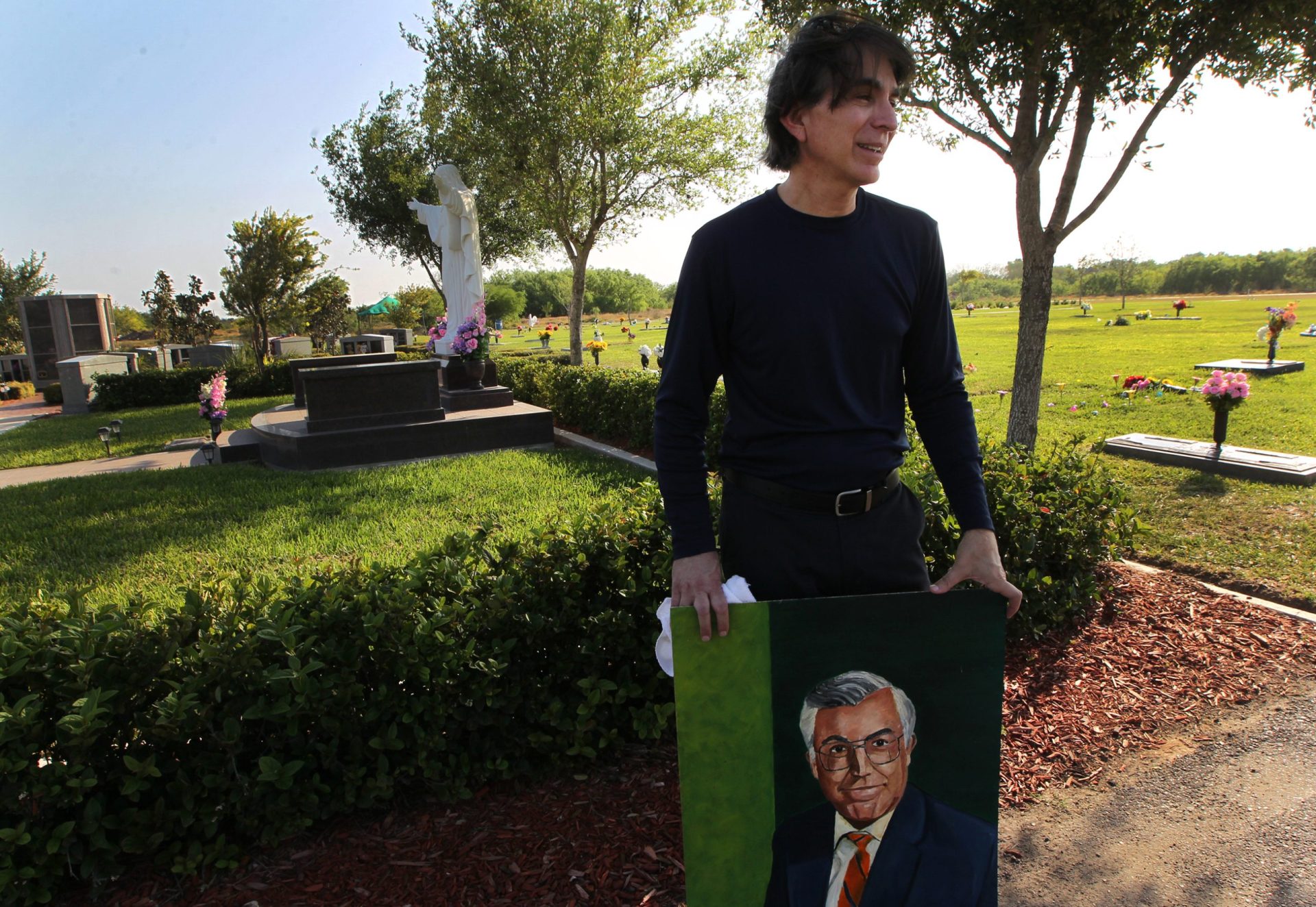
When first released, the vaccines were about 93-94% effective against preventing COVID, Melendez said. Now, the vaccines work to minimize the symptoms and those who end up hospitalized due to COVID are three times more likely to have not been vaccinated against it.
“The future probably holds a better, more effective longer-acting vaccine that’s probably changed on a regular basis — either every year or every two years — to address the latest and most active strains,” Melendez said.
Use of masks also still makes sense in some circumstances.
The viral load from an individual is lessened if they are wearing a mask but Melendez said using one also sends a message of respect to others in a community.
“So I think masks from a practical, pragmatic, physical perspective are helpful and I think from a mental and emotional perspective send a really good message,” he said. “However, everything has its place so the time (of) universal mask wearing … that time is gone.”
He said 90% of people in the community and most of the world have already been exposed to the virus, either through the vaccine or infection so it doesn’t make much sense to wear a mask outdoors among the general population.
“But if you know that you’re infected, my God, of course you want to minimize the viral spray and the viral load,” Melendez said. “So is it an important piece? Absolutely. Is it a definitive absolute? No, you have to put it in the perspective of the big picture.”
Manny Saenz Jr. looks at the big picture when he thinks about the response to COVID-19 and his father’s death.
“All things considered, everybody that was involved … were just scrambling to survive,” Saenz said. “There was so much uncertainty in our world at the time, I think everybody did the best they could do.”
He quoted a line from Jimi Hendrix that warned about being unable to fool fate.
“Sometimes, no matter what avenue you go, whether it’s this street or that street … if you’re destined for the accident, guess what? It’s going to happen, you can’t fool fate,” Saenz said. “In the end, as far as right now, I know that my father is at peace and that’s the most important thing.”

